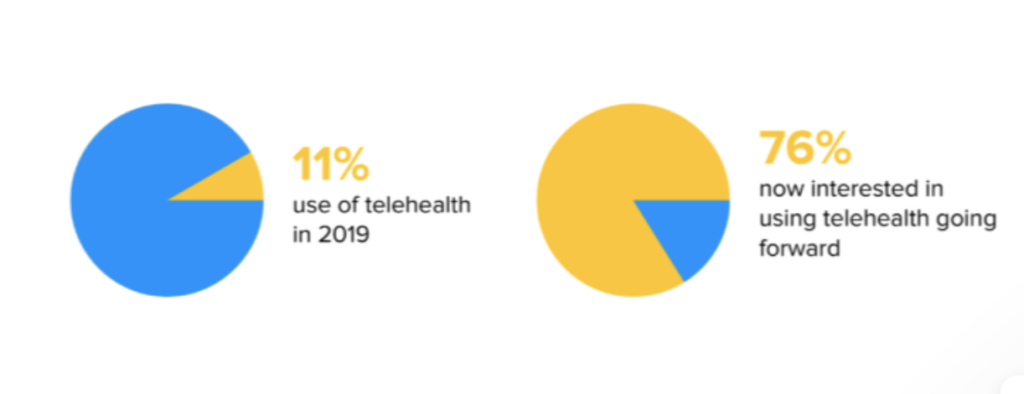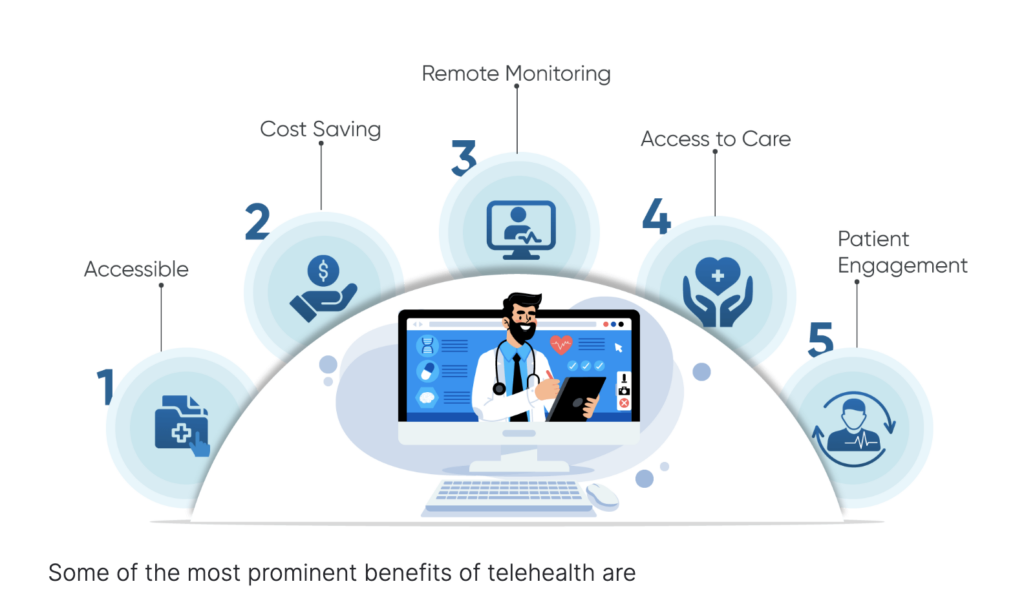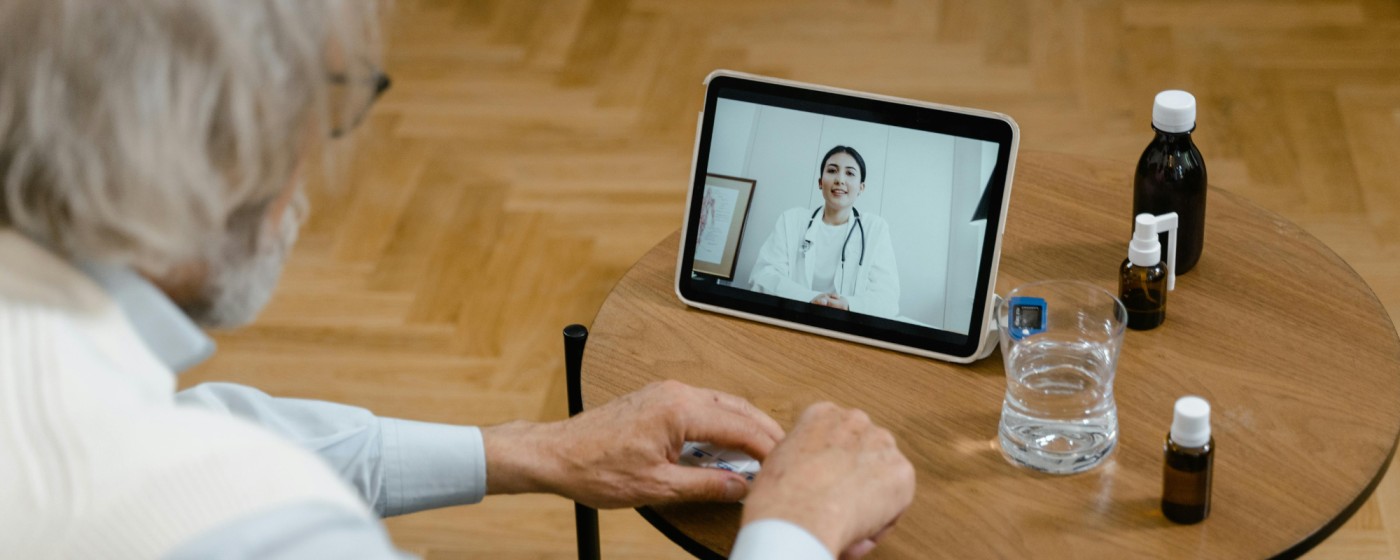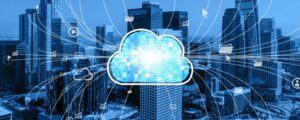The integration and widespread adoption of telemedicine has brought about significant transformations within the healthcare sector in recent years. Telemedicine market trends prove that it will soon be a pivotal player in modern healthcare, offering a distinctive blend of accessibility, efficiency, and convenience.
When the COVID-19 pandemic struck, people were shut in their homes and were not able to avail medical aid. This was when healthcare practitioners and the general populace went seeking for a solution, which brought telemedicine to the forefront. People began to seek alternatives to traditional in-person consultations.
Due to advancements in digital technology, there came about digital healthcare solutions and telemedicine grew from a niche offering to a mainstream service. This remarkable surge has paved the way for further growth and innovation within the telemedicine sector.
According to Mordor Intelligence, the telemedicine market is expected to witness substantial growth, soaring from its current valuation of $38 billion to a staggering $168 billion by 2026 with the Compound Annual Growth Rate (CAGR) during this period to touch 28%.

Telemedicine Market Trends To Embrace
The telemedicine niche is being swayed by several trends which will shape its future as to how it will be meted out and prescribed.
Chronic Healthcare Management:
Telemedicine is revolutionising chronic healthcare management, offering efficient and patient-centred avenues for continuous care. Telemedicine reduces healthcare costs by reducing the need for physical consultations and enabling continuous online monitoring. In the process it also facilitates early intervention and prevention of any complications.
Tele-home:
The concept of tele-home, or home telehealth, focuses on delivering healthcare services directly to patients in their own residences. This innovative approach leverages digital technology to enhance patient outcomes, quality of life, and independence while minimising the need for hospital visits or long-term care facilities.
Internet of Medical Things (IoMT):
The IoMT, comprising a network of interconnected healthcare devices and applications, holds immense potential in revolutionising healthcare delivery. Real-time data collection and analysis facilitated by IoMT devices empower healthcare professionals with valuable insights, improving patient monitoring, medication management, and treatment precision.
Electronic Health Records (EHRs):
EHRs play a pivotal role in telemedicine by ensuring seamless access to comprehensive patient information across digital platforms. By incorporating vital patient data such as medical history, diagnoses, and treatment plans, EHRs facilitate informed decision-making and personalised patient care, irrespective of the digital platform used for consultations.
Health Level 7 (HL7):
One of the biggest advantages of HL7 standards for healthcare software applications is the seamless exchange of clinical and administrative data between them. Which in the process also promotes interoperability and information sharing among healthcare providers. From reducing medical care, improving patient treatment and care, patient administration to pharmacy management, improving communication, HL7 standards cater to various healthcare information management needs, fostering efficiency and accuracy in telemedicine operations.
HL7 standards support a wide range of healthcare information management needs, as in:
Patient Administration: To manage patient records (like admission, discharge, and transfers).
Clinical Observations: Recording and exchanging of data and measurements regarding a patient’s improvement, vital signs, lab test results, more.
Orders and Observations: Handling orders for treatments, services, and diagnostic tests, and its results.
Patient Care: Care plan of patient, list of issues, and clinical assessments.
Pharmacy: Prescriptions, medication charts, and inventory management.
Imaging: Managing of diagnostic images (orders and results).

Mobile Telemedicine Apps:
Mobile telemedicine apps serve as indispensable tools in modern healthcare delivery, bridging the gap between patients and healthcare providers. These apps are responsible for several functions such as: real-time health monitoring / remote health monitoring / remote consultations, access to medical information, personalised patient care, and cost-effective healthcare delivery.
Improved Access to Healthcare Services: People living in rural or remote locations suffer from lack of medical facilities, now telemedicine apps make it possible to access to healthcare for such individuals. People can carry out remote medical consultations and receive medical advice. Moreover, patients with disabilities or mobility issues can seek healthcare services from wherever they reside.
Real-time Health Monitoring and Management: Certain mobile apps synchronize with wearable devices to continuously monitor vital signs, physical activity, and various health metrics. These apps provide medication reminders, track health progress, and record symptoms, empowering patients to manage their health more effectively.
Tailored Patient Care: Healthcare providers leverage patient health data collected through the app to offer personalized advice and treatment plans. Secure messaging inspires direct communication between patients and healthcare professionals, that can bring about valid responses to health concerns and tailored care guidance.
Cost-effective Healthcare Delivery: Telemedicine apps streamline healthcare delivery by managing various aspects of care remotely, reducing the need for unnecessary in-person visits. This approach saves time for healthcare providers such that they can attend to more number of patients, while patients can save on time and costs by preferring for remote care. Additionally, continuous monitoring and easy access to healthcare advice aid in effectively managing chronic conditions, potentially lowering hospital readmission rates.
Telemedicine App Development
At Appscrip, we stand poised to support healthcare providers, institutions, and entrepreneurs in harnessing the power of telemedicine. Our comprehensive telemedicine app development solutions are designed to address the evolving needs of the healthcare industry, offering features such as real-time video consultations, EHR integration, secure messaging, appointment scheduling, and remote patient monitoring.
Partnering with us, you would be adopting cutting-edge technology and embracing a commitment to advancing healthcare accessibility and quality. Our customised solutions ensure healthcare providers can deliver timely care at patients residing at any location.
Conclusion: Telemedicine Market Trends
The telemedicine landscape is undergoing rapid evolution, driven by technological innovations, regulatory reforms, and shifting consumer preferences. From expanding at-home healthcare services to implementing interoperable standards like HL7, telemedicine trends are paving the way for a more connected, efficient, and inclusive healthcare ecosystem.
As the telemedicine industry continues to evolve, the potential for transformative impact on healthcare delivery remains vast. By embracing these emerging trends and leveraging innovative telemedicine solutions, entrepreneurs can position themselves at the forefront of this transformative journey, driving positive outcomes for patients, healthcare providers, and society at large.
Contact Appscrip today to explore how we can collaborate in bringing your telemedicine vision to life, making healthcare more accessible, efficient, and patient-focused.

After an Engineering degree and a Diploma in Management I devoted 16+ years working in the automotive industry. My innate skill and extreme passion in writing, encouraged me to adopt it up as a profession. I have been writing for more than 10+ years in the software industry. The 400+ blogs I published are informative, exhaustive and interesting to a professional and causal reader.









